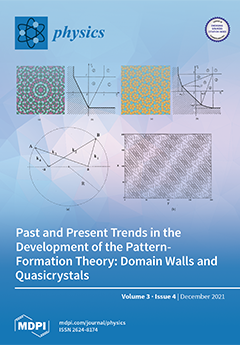Examining the evolution of the maximum of valence quark distribution,
, weighted by Bjorken x,
, it is observed that
at the peak becomes a one-parameter function;
, where
is the position of the peak,
, and
is the resolution scale. This observation is used to derive a new model-independent relation which connects the partial derivative of the valence parton distribution functions (PDFs) in
to the quantum chromodynamics (QCD) evolution equation through the
derivative of the logarithm of the function
. A numerical analysis of this relation using empirical PDFs results in an observation of the exponential form of the
for leading to next-to-next leading order approximations of PDFs for the range of
, covering four orders in magnitude. The exponent,
D, of the observed “height-position” correlation function converges with the increase in the order of approximation. This result holds for all the PDF sets considered. A similar relation is observed also for the pion valence quark distribution, indicating that the obtained relation may be universal for any non-singlet partonic distribution. The observed “height-position” correlation is used also to indicate that no finite number of exchanges can describe the analytic behavior of the valence quark distribution at the position of the peak at fixed
.
Full article





